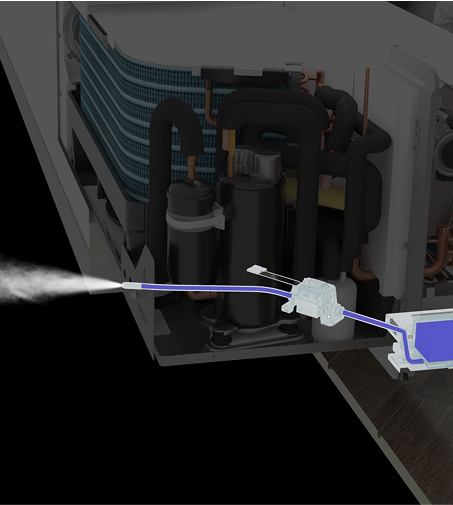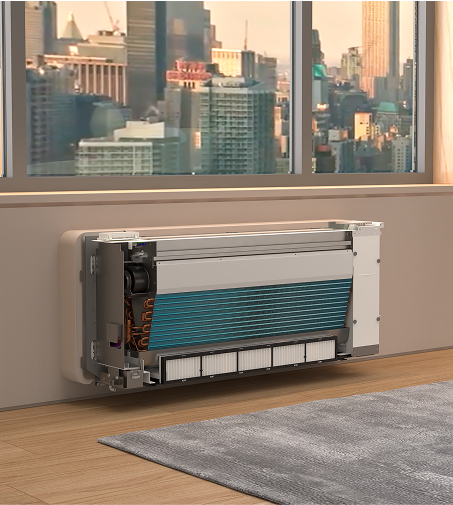How to Choose the Right HVAC System for Your Home in Cold Regions
When it comes to selecting a heating and cooling system for your home, the climate you live in plays a critical role. Homeowners in colder regions often face challenges in finding HVAC solutions that offer efficiency, reliability, and affordability all year round. Choosing the right system can make a substantial difference not just in comfort, but also in your energy bills and system lifespan.
This guide explores essential factors to consider when choosing an HVAC system for cold climates and why making the right choice can significantly impact your home's overall energy efficiency.

Understand Your Heating Needs
In colder regions, heating is not just a seasonal necessity—it’s a daily requirement for several months. It's important to assess the square footage of your home, insulation levels, and existing ductwork (if any) before deciding on an HVAC system. An oversized unit may lead to short cycling and increased wear and tear, while an undersized system will struggle to maintain warmth, especially in extreme conditions.
Consulting a licensed HVAC professional for a home energy audit is often the first and best step. This evaluation helps determine your home’s specific heating load, which is critical in choosing a unit that performs efficiently and consistently in low temperatures.

Energy Efficiency Matters
Efficiency is at the heart of any HVAC system, especially in colder climates where systems operate more frequently. Look for units with a high Annual Fuel Utilization Efficiency (AFUE) rating for furnaces and a high Heating Seasonal Performance Factor (HSPF) for heat pumps. A better efficiency rating means lower utility bills and a reduced environmental impact.
Advancements in technology have also led to systems that can operate effectively in freezing temperatures. For example, a Cold Climate Heat Pump is designed specifically to deliver efficient heating performance even when the outside temperature drops below freezing. This makes them an increasingly popular option among environmentally conscious homeowners in northern climates.
Installation Quality Is Key
Even the most energy-efficient system will underperform if it’s not installed correctly. Proper installation ensures optimal airflow, accurate thermostat response, and long-term reliability. Make sure you work with certified HVAC contractors who follow best practices and local building codes.

Installation also includes proper sizing, duct sealing, and verifying that airflow is balanced throughout your home. Don’t be tempted to cut corners—an improperly installed HVAC system can lead to higher energy bills and frequent maintenance issues.
Consider Your Space and Layout
Not all homes have space for large indoor air handling units or extensive ductwork. In these cases, homeowners often turn to Packaged HVAC Units, which house both the heating and cooling elements in a single outdoor unit. These systems are space-saving, often easier to install, and can be ideal for homes with limited indoor space.
Packaged units are also beneficial for additions or detached structures like garages or workshops where traditional systems may be difficult or costly to extend. Always consult an HVAC specialist to evaluate whether a packaged system will meet your specific heating and cooling needs.
Long-Term Maintenance and Cost
An HVAC system is a long-term investment. Be sure to factor in the cost of routine maintenance, availability of replacement parts, and warranty coverage. Systems that are easier to service typically have lower long-term operating costs. Scheduling seasonal maintenance—especially before winter—can prevent unexpected breakdowns and extend the life of your unit.

Keep in mind that energy rebates or tax credits may be available when you choose high-efficiency equipment. These incentives can significantly offset the initial cost of purchase and installation.
Conclusion
Choosing the right HVAC system for a cold climate requires a careful balance of efficiency, space considerations, and professional installation. Whether you're upgrading an old system or installing a new one, it's important to invest time in understanding your home’s specific needs and exploring your options. For expert advice and a wide range of energy-efficient solutions tailored for cold weather performance, visit nextac.com.
Comments
Post a Comment